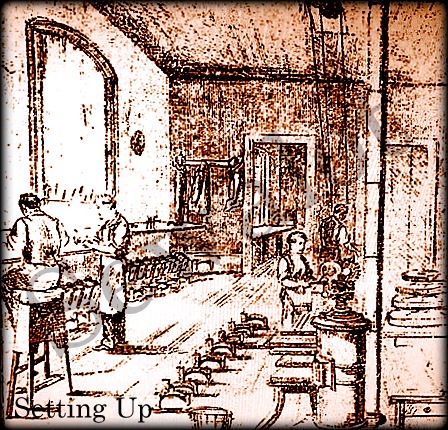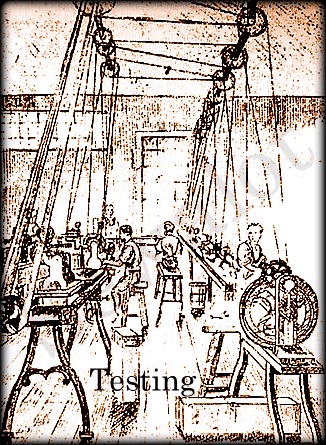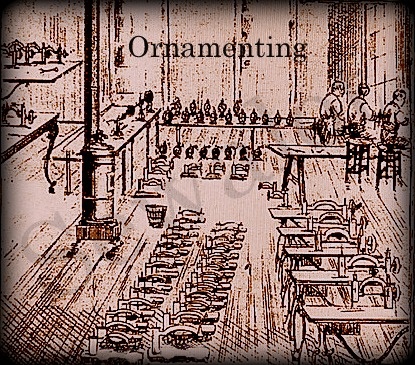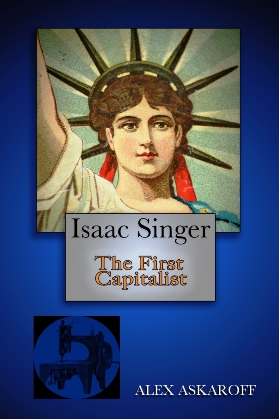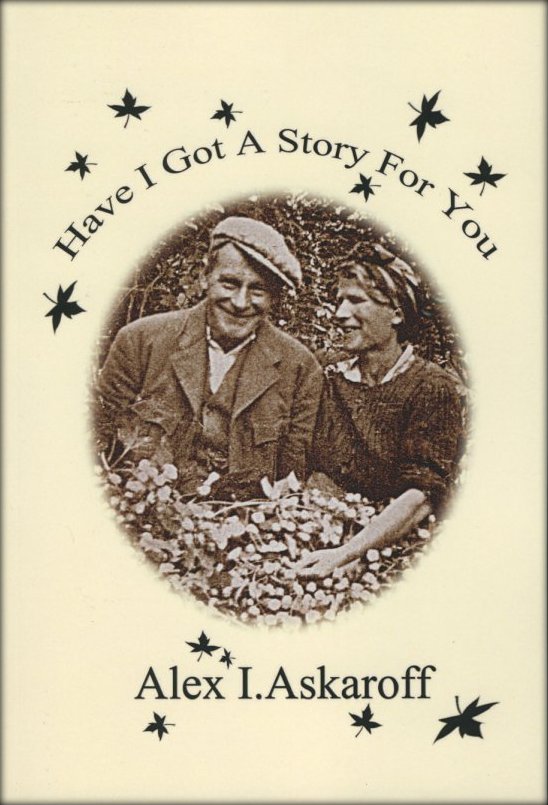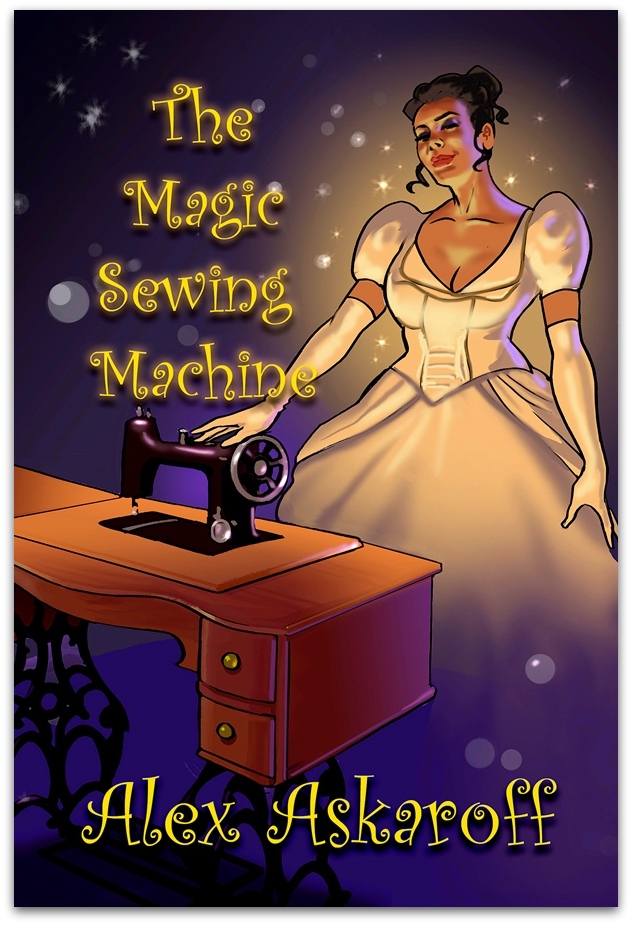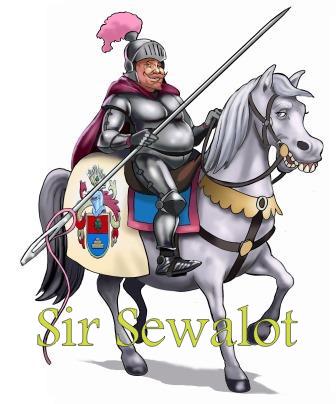|
||||
|
|
Alex I Askaroff
Alex has spent a lifetime in the sewing industry and is considered one of the foremost experts of pioneering machines and their inventors. He has written extensively for trade magazines, radio, television, books and publications worldwide.
Over the last few decades Alex has been painstakingly building this website to encourage enthusiasts around around the Globe.
|
|||
|
George Washington Gates Sewing Machines
Amazingly there is almost no information about George Washington Gates on the Internet, well anywhere actually. So little in fact, that when I wrote to 12 of the Toronto museums about G W Gates sewing machines (the only sewing machines ever made in their city) I received just three replies. They helped to fill in a few of the missing parts to the Gates mystery, so I am very grateful. One of the most successful early industries of Canada's largest city seemed to have sunk without a trace. Now I must say that all three models that G W Gates made are extremely rare today, so digging up facts was harder than normal, especially with so many incorrect images and details online. At its height, the Toronto manufacturers were employing countless people and producing over 3,500 hand built sewing machines a year. Besides their manufacturing plants, they also had warehousing, agencies, showrooms and salesrooms all around Toronto. So, how had this company all but disappeared from history? And why did it all vanish so quickly? A successful company that was booming suddenly shut down. There was a lot of questions to answer and a few sad ones came to light. Interestingly, most of my usual sources, who have provided information over the years came to nothing with George Gates. This was a wall that took climbing. Some brilliant research was done by Diane Anderson when she was a researcher for the Canadian Sewing Machine Collectors Society. Thank you Diane. Another superb source of information turned up in Illinois, USA. Linda Ullom Mulvaney. Linda provided not only the first gates Elliptic sewing machine that I had ever seen, but some fantastic paperwork too. Thank you Linda, this page would not have been anywhere near as good without your help. The Canadian Illustrated News from the period was also helpful. Well, now that I have started this research I'll tell you all I know. Hopefully others will add to the beginning of this jigsaw puzzle. One day enough pieces may turn up to have a complete history of the G W Gates Sewing Machine Company of Toronto, Canada. Like I say all Gates sewing machines are rare today, amongst the rarest of any sewing machine besides patent models. In over 50 years of collecting I only have one Gates sewing machine in my Sewalot Collection. A small company that made hand-built sewing machines for a few years, starting around the end of the American Civil War, I guess they would be. The Beginning George Washington Gates started his business in 1865. I believe he was the only sewing machine maker to have ever made sewing machines in Toronto. To start with, the business did not have a forge, so young George brought in his castings from a local supplier. The new factory was up and running in Bay Street by March of 1866 and grew rapidly. There was a huge demand for these new-fangled 'sewing engines' and 35 yr old George was going to supply them. Sewing machine factories were sprouting like weeds in spring and it was a boom time for the industry.
First Prize
By 1866 his factory at 119 Bay Street and was trading as G W Gates. He later had his showroom and warehouse (for finished machines) at 14 Kings Street East. The company name changed for a short time when his Victoria chain-stitch won first prize at the Toronto Provincial Fair in September of 1866. Young George was not going to miss out on this great opportunity. He immediately changed his paperwork to include his new award and changed the name of his business too. So the business was off to a great start. Interestingly, Kings Street also housed the Wanzer sewing machine dealers and the Singer agents, so young George was probably always staring in the windows on his way to work. Singer was on a roll with their amazing Singer model 12 New Family. The machine that we all know today as the Singer Fiddlebase. It was surely no coincidence that when George gates decided to make a lockstitch sewing machine, he used a similar shape to the Singer machine. It would be another two years before G W Gates brought out his spectacular shuttle sewing machine that is so rare today. More of that later. The Victoria Sewing Machine Company 1866-1867 By 1867 G W Gates had expanded rapidly and the factory now spread across 119 and 121 Bay Street, Toronto. With further investment, G W Gates forgot about his Victoria Sewing Machine Co name and became G W Gates & Company. Now, Canadian patent laws under the British Empire had little to do with the American patent laws. This is what allowed George to look at the best-selling machines and basically copy them. His most popular machine to start with was also his cheapest, the basic Victoria sewing machine. Don't forget that at this point the Gates Sewing Machine Manufactory was one of the first of the pioneering sewing machine makers in Canada.
George's range expanded rapidly and by 1868 we see his full range. The Gates, Queens Elliptic Family Sewing Machine $15 Can The Gates, Victoria Chain-stitch Sewing Machine $15 Can The Victoria Family Sewing Machine $15 Can (same machine)
This next three
are all the same machine. Who also made Elliptic sewing machines? The most unique of the three machines made by Gates was the Queen's Elliptic Family Sewing Machine. It was similar in construction and design to several American machines of the same period. The Sloat's Elliptic sewing machine, made by George B Sloat in Philadelphia and Union Sewing Machine Company of Richmond. The Elliptic Sewing Machine Company of New York, New York, made a model too. The biggest seller by far was the Elliptic sewing machine made by Wheeler & Wilson. Wheeler & Wilson in 1865 were the largest sewing machine company in the world (shortly to be overtaken by Isaac Singer). The Elliptic sewing machine does what it says. It uses a simple hook to grab and twist the single thread of the sewing machine in an elliptical movement. This twist that it gave to the thread as it formed the stitch gave the cotton some slight stretch. Stretch in the fabric was a godsend and a big selling point. Both Albert Johnson and Edward Gibbs fought for years over who had invented the 'elastic stitch' (that the twisting of the thread gave). However, across the border in Canada, under different laws, George Gates could manufacture a similar machine with little worry of prosecution or persecution from the Sewing Machine Cartel. The G W Gates Elliptic Sewing Machine The G W Gates Elliptic and the Gates Victoria looked similar but had many minor differences as I'll explain later. This is the Elliptic and a rare machine today. Images with kind permission of Linda Ullom Mulvaney. Notice the crankshaft on the right (by the open square-cut gears). See how the centre of the crank has the main cog-shaft going through. This is to move the lower shaft in a one-direction rotational action. This is how you can quickly tell the difference from the Victoria to the Elliptic. Linda Ullom Mulvaney Collection.
The Queens Elliptic The Queen's Elliptic sewing machine sold for $15 Canadian or £3.00 British pounds. Slightly more that the best selling chain-stitch machines in Europe but still competitive. It also had the bonus as it made a twisted or 'elastic' stitch chain-stitch.
Improved Queen's
Elliptic
The G W Gates Victoria sewing machine and the G W Gates Elliptic sewing machine were very similar. I mean VERY similar. It is difficult to spot the differences at first but they are there. The Victoria is pretty much a straight copy of the American Goodspeed & Wyman-Bartlett chain-stitch. In fact if it is not stamped by the makers it is almost impossible to tell the difference. The machine works of the looper principle of catching the needle thread and holding it until the needle comes back again then hooking the next stitch. The most basic stitch ever invented. Now, the G W Gates Elliptic looks similar but the BIG difference is the revolving 'elliptic' hook which revolves the same as the A F Johnson American patent. Interestingly the hook looks very much like a Willcox & Gibbs looper and works in the same way. It picks up the top thread and twists it before catching the needle on its next decent and joining the stitch. This 'twisted stitch' was known as the 'single thread elastic stitch'. Almost as basic as the Victoria above but with a little twist in the thread. I don't believe that George had any problem copying these mechanisms from the American patent holders. HOWEVER he never copied Canadian patent holders like Raymond. So, now that we know the differences between the two machines let's have a look at the Victoria sewing machine. The Gates Victoria Sewing Machine
The Victoria sewing machine was the best-selling sewing machine in the Gates range for the first three years, mainly because of the price. It was by far the simplest machine but also the prettiest. It was a direct copy of the American Goodspeed & Wyman-Bartlett chain-stitch model with minor differences around the feed.
Toronto Dry Goods Goodspeed & Wyman-Bartlett chain stitch sewing machine circa 1867
Guaranteed Three Years!
In 1866, 1867, 1868, 1869 & 1870 the gates Victoria sewing machine won several awards around Toronto at local shows and exhibitions. The machine later also won an award in London. In 1867 the Victoria sewing machine was also exhibited at the National Exhibition in Paris, France. At the exhibition they were looking for agents and wholesalers to take on distribution and supplies of the Gates sewing machine range in Europe. The fact that my New Family Shuttle sewing machine turned up in England, probably means that George W Gates did have some limited success in finding a European agent. I have never discovered who the European agent was. Planer, Braunsdorf & Company, New York. Interestingly, it was also in 1867, shortly after the Paris show that George Gates took on an agency to supply the American Planer, Braunsdorf & Co's, Aetna sewing machine. The company were more used to making attachments for sewing machines (like hemmers & binders) but had ventured into complete sewing machines. I believe that after George starting making his own New Family Shuttle lockstitch sewing machine he dropped the agency. Workmen's International Exhibition of 1870
In July of 1870, G W Gates exhibited at the Workmen's International Exhibition held at the Agricultural Hall in Islington, London, England. The exhibition, opened by The Prince of Wales, included everything from weapons to saddlery. The latest leatherworking machinery, textiles and mechanical inventions were the main draw at the show. It is possible that G W Gates won the silver, Queen Victoria medal at the show as this medal appeared in later advertising by the company.
Of his three machines it was his Victoria that sold the best.
The Gates Victoria Sewing Machine The late 1860s were the boom years for G W Gates and his sewing machines. The company now had factories on two separate sites, 119-121 Bay Street and 37 Adelaide Street, Toronto. The Adelaide Street address may have been the foundry that they did not have at the start of their enterprise. The company sales were from their showroom which also doubled at the back as warehousing. That was at 14 Kings Street East. George gates lived in a plush house at 25 Temperance Street. Somehow, in 1868, George Gates managed to obtain the United Kingdom agency for Howe sewing machines, selling the models A, B & C. How long that lasted I have yet to find out. By 1870 the the business was making over 200 sewing machines a month. All these were hand-built and hand-finished and came with a three year guarantee.
The Gates
New Shuttle
Sewing Machine
The G W Gates Shuttle Sewing Machine Also named...
The Gates Late Improved Hand
Shuttle Sewing Machine The G W Gates Shuttle Sewing Machine. I love the cross between the fire-hydrant and fiddlebase look that George used. It was the best of both worlds. This was the finest sewing machine in the Gates range, a superb transverse shuttle lockstitch sewing machine capable of producing a perfect stitch. It was also the most expensive sewing machine in the gates range at $25 Can, or £5 GB. Although cheaper than the main stream makers, it was still more expensive than the Raymond & Weir type chain-stitches. The machine was sold in a treadle for an extra $5. In Britain this model was sold as the ABC sewing machine as Singers dominated the New Family sewing machine market in the 1870s. George kept to his royal theme with a crown on the top of the arm and used the same tension that he had used on the Elliptic. Image, Sewalot Collection.
G W Gates renamed his new shuttle sewing machine several times. The Gates Late Improved Hand Shuttle Sewing Machine became the New Family Shuttle Sewing Machine and then the New Shuttle Sewing Machine. It was all the same machine with its unique shape and raised bed. In treadle form it sat flush in the table but as a hand machine it had its own cast-iron base. This saved on wood to make a separate base (like the Singer 12 had). The Gates shuttle machine was as smooth as silk, light and easy to sew with. I've tested mine through multiple layers of different fabrics and it has sewed them all with ease. In 1868 it really was one of the finest sewing machines on the planet.
The G W Gates sewing machine has a unique look, part fire-hydrant-pillar, part fiddlebase. The best of both worlds. All Gates machines were hand-built, hand-finished and hand-painted. No two were identical. Image, Sewalot Collection.
George Washington Gates must have had lots of energy. He seems to be everywhere, London, Paris, New York. He was expanding in Toronto and employing more and more workforce. The Gates Shuttle was a big success and for the first time George had the extra money to build stock to fill orders. I believe his wife may have been Josephine S Gates but that has yet to be confirmed. The Canadian Illustrated News visited the Gates Factory and wrote an article with some rare images of the forgotten Toronto business.
"It should be noted that some of
the highly skilled workers at G. W. Gates receive the excellent wage of
over $1 per day. Once all the parts are on the sewing machine it needs to be adjusted, timing of the feed and shuttle, needlebar and shafts. All this is down to a few specialists, each one an expert in his field. George used local workmen who had grown with the business. Some of the workforce had started working at the factory as children and grown with the firm. This specialist industry was new to Toronto and welcomed by all in the bustling city. As well as using complex lathes, milling and turning equipment the factory had one room set up exclusively for testing the sewing machines. The power was provided by rotating ceiling shafts. Long leather belting ran down to each bench to turn, not only the engineering equipment, but the sewing machines too. The power was supplied to these ceiling shafts by a huge steam boiler in its own boiler room. In the boiler room was a 20 horsepower steam boiler constantly fed by the boiler men. They would work in shifts to keep the steam up 24 hours a day. If the boiler stopped it could take a day or more to get it back up to full working temperature and pressure. The only times that the boiler was shut down was communal holidays like Christmas. The Gates chimney stack was the tallest structure in Toronto. Can you imagine the noise in that factory!
The end of Gates Sewing Machines The company was at its height by 1874 and George prospered. Unfortunately it all came to a shuddering halt. Late in 1875, around Christmas, George Washington Gates became unwell. This led to a vicious attack of Typhoid Fever. By the 7th January 1876 he was dead. George was just 45. Another of the early sewing machine pioneers was gone. He had outlived the great Isaac Merritt Singer by just a few months. The factory was immediately shut and a dispute followed. Josephine S Gates was somehow involved with people at the plant over its future and possibly forced the bailiff's in. The name John Place comes into some of the correspondence but I have never discovered who he was. In April of 1876, armed with two warrants, the bailiff's seized all the machinery and 75 complete Gates Shuttle sewing machines. They now had the entire plants stock. All correspondence was to be sent to E. Gegg via Mulock & Campbell, solicitors, 42 King Street East, Toronto. It looks as if the plant was still trading at this point as a list of unfilled orders was found in the office. This list was to be offered to prospective purchasers with the rest of the stock. The last we hear of the rise and fall of the gates Sewing Machine Company is in June of 1876 when Mulock & Campbell (possibly the solicitors working for Josephine S Gates) put the machinery from the factory, lock-stock-and-barrel, up for sale. Unfortunately this is probably when all the paperwork, records, advertising and details were either lost or destroyed. I have never found out where all the machinery went. It is easy to assume that other manufacturers, everyone from stove and lamp makers to street lighting and boiler makers would grab all that specialist engineering. I would bet good money that some of it ended up in other sewing machine maker's workshops. And in the blink of an eye it is all over. And so we come to the end of our hidden history of Toronto and the Gates Sewing Machine Company. I do hope that you have enjoyed the journey. Many years of research have all come to an end. If you have or have anything to add please do let me know: alexsussex@aol.com Oh and do check out my Sewing Machine Pioneer Series on Amazon. Bye for now.
|
||||
|
Most of us know the name Singer but few are aware of his amazing life story, his rags to riches journey from a little runaway to one of the richest men of his age. The story of Isaac Merritt Singer will blow your mind, his wives and lovers his castles and palaces all built on the back of one of the greatest inventions of the 19th century. For the first time the most complete story of a forgotten giant is brought to you by Alex Askaroff. News Flash! Alex's books are now all available to download or buy as paperback on Amazon worldwide.
"This
may just be the best book I've ever read."
"My five grandchildren are
reading this book aloud to each other from my Kindle every Sunday.
The way it's written you can just imagine walking
beside him seeing the things he does. News Flash! Alex's books are now all available to download or buy as paperback on Amazon worldwide.
|
||||
|
Well that's it, I do hope you enjoyed my work. I have spent a lifetime collecting, researching and writing these pages and I love to hear from people so drop me a line and let me know what you thought: alexsussex@aol.com. Also if you have any information to add I would love to put it on my site.
Fancy a funny FREE read: Ena Wilf & The One-Armed Machinist
http://www.youtube.com/watch?v=8-NVWFkm0sA&list=UL Sir Sewlot, protector of the Sewalot Site
|
||||
|
|
|
|||
CONTACT: alexsussex@aol.com Copyright ©
As a
new collector I have found your site
has increased my knowledge in
a short time to a degree
that I couldn't have
imagined.
|
||||
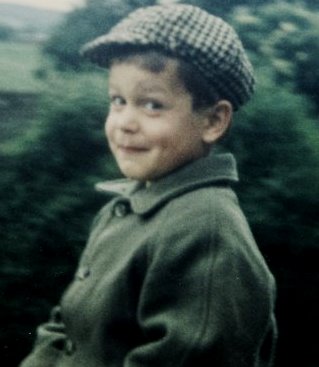
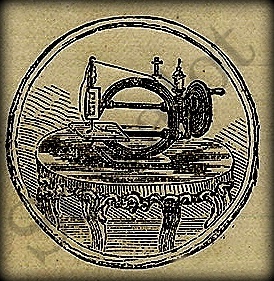
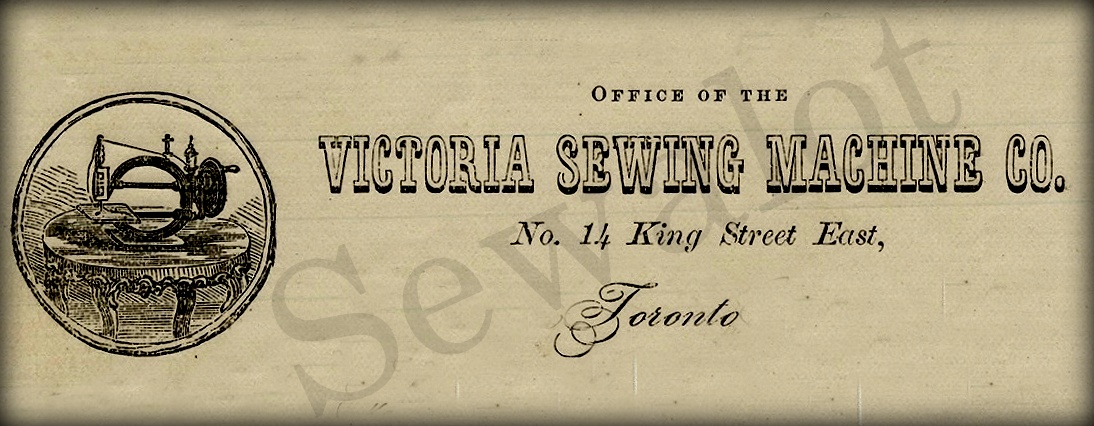
.jpg)
.jpg)
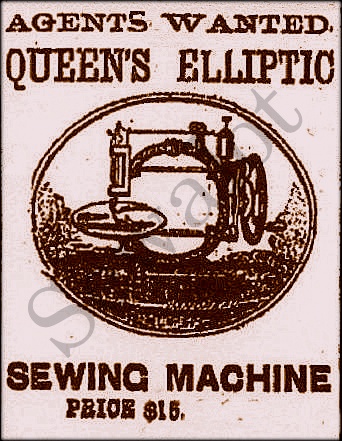
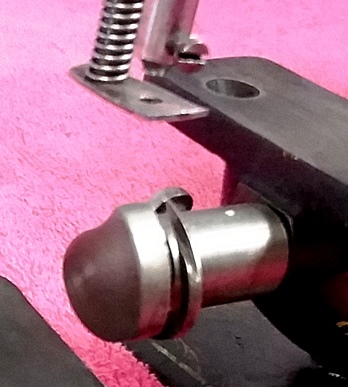
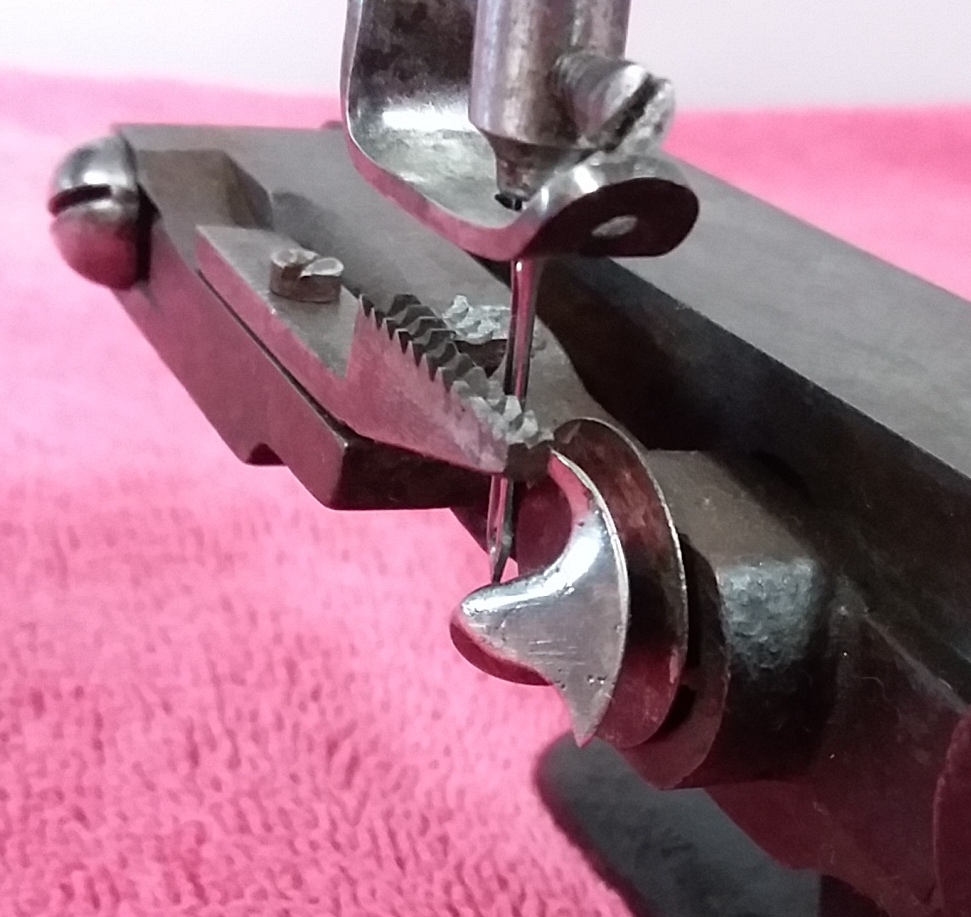
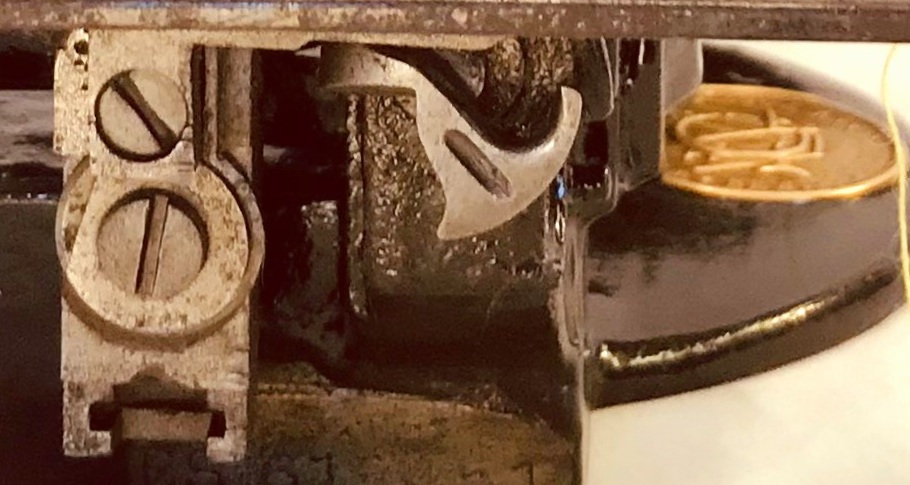
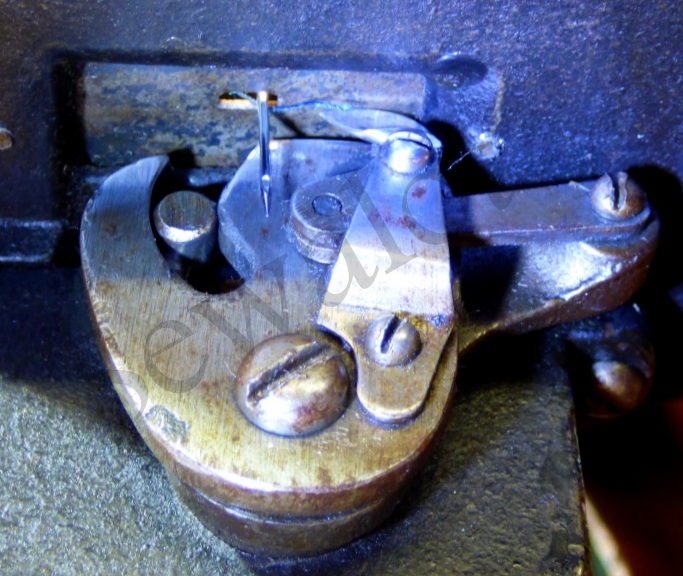
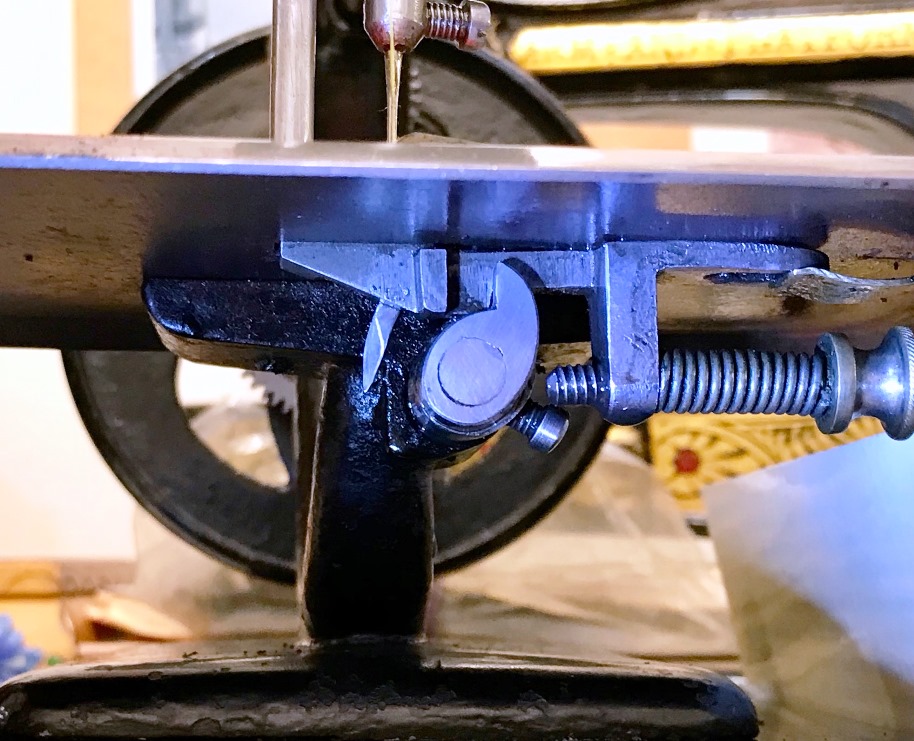
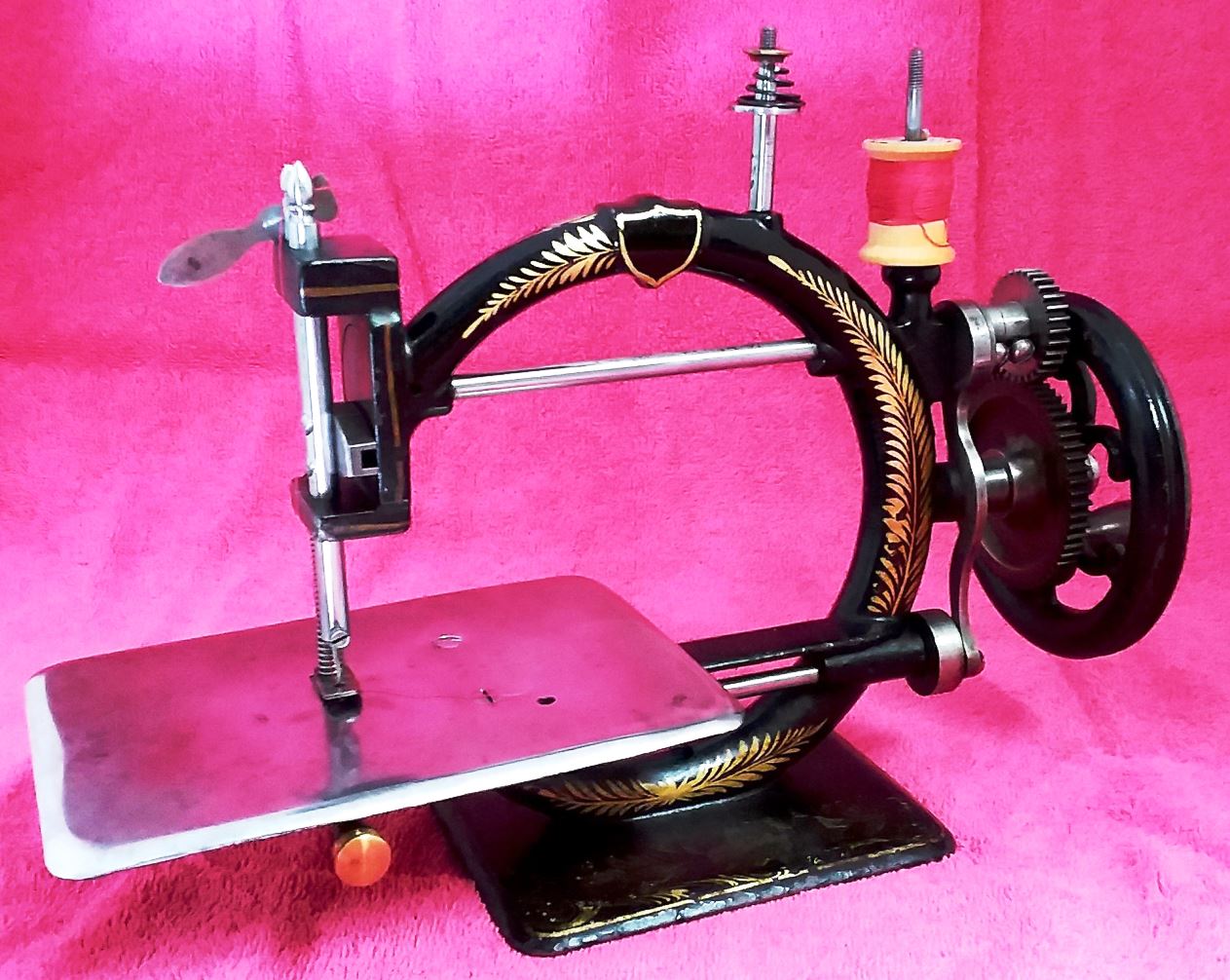
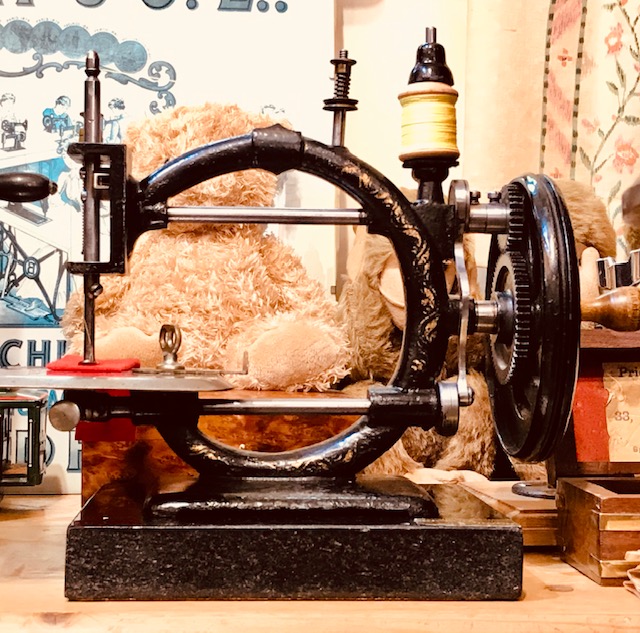
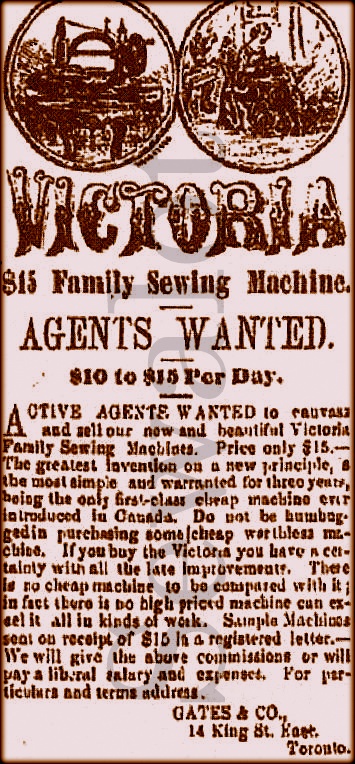
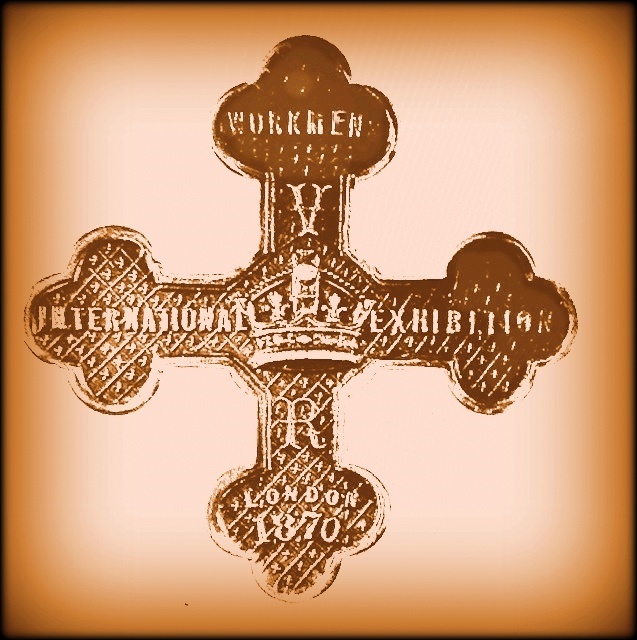
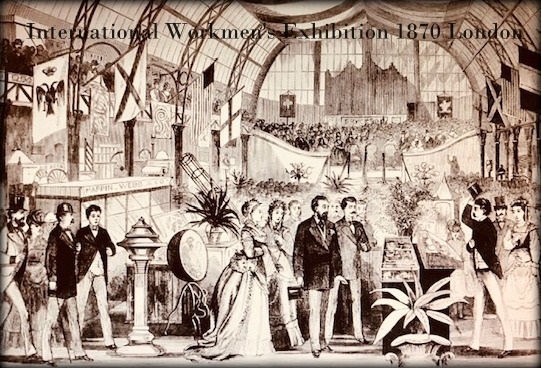
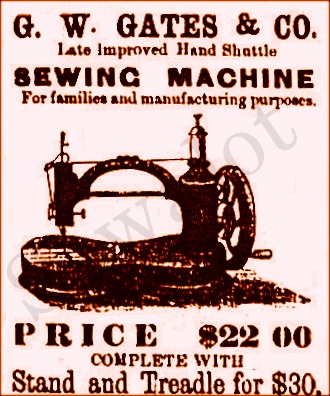
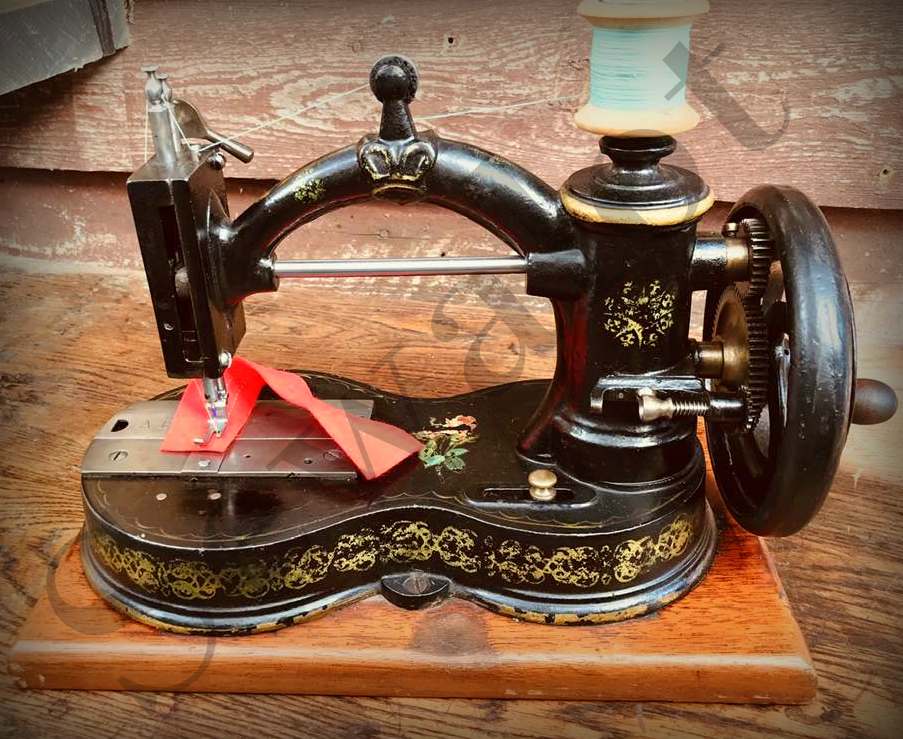
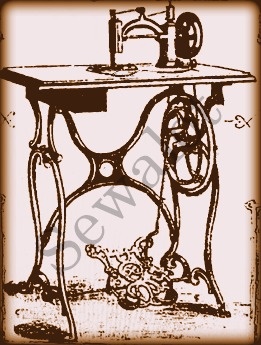
.jpg)
.jpg)
.jpg)
